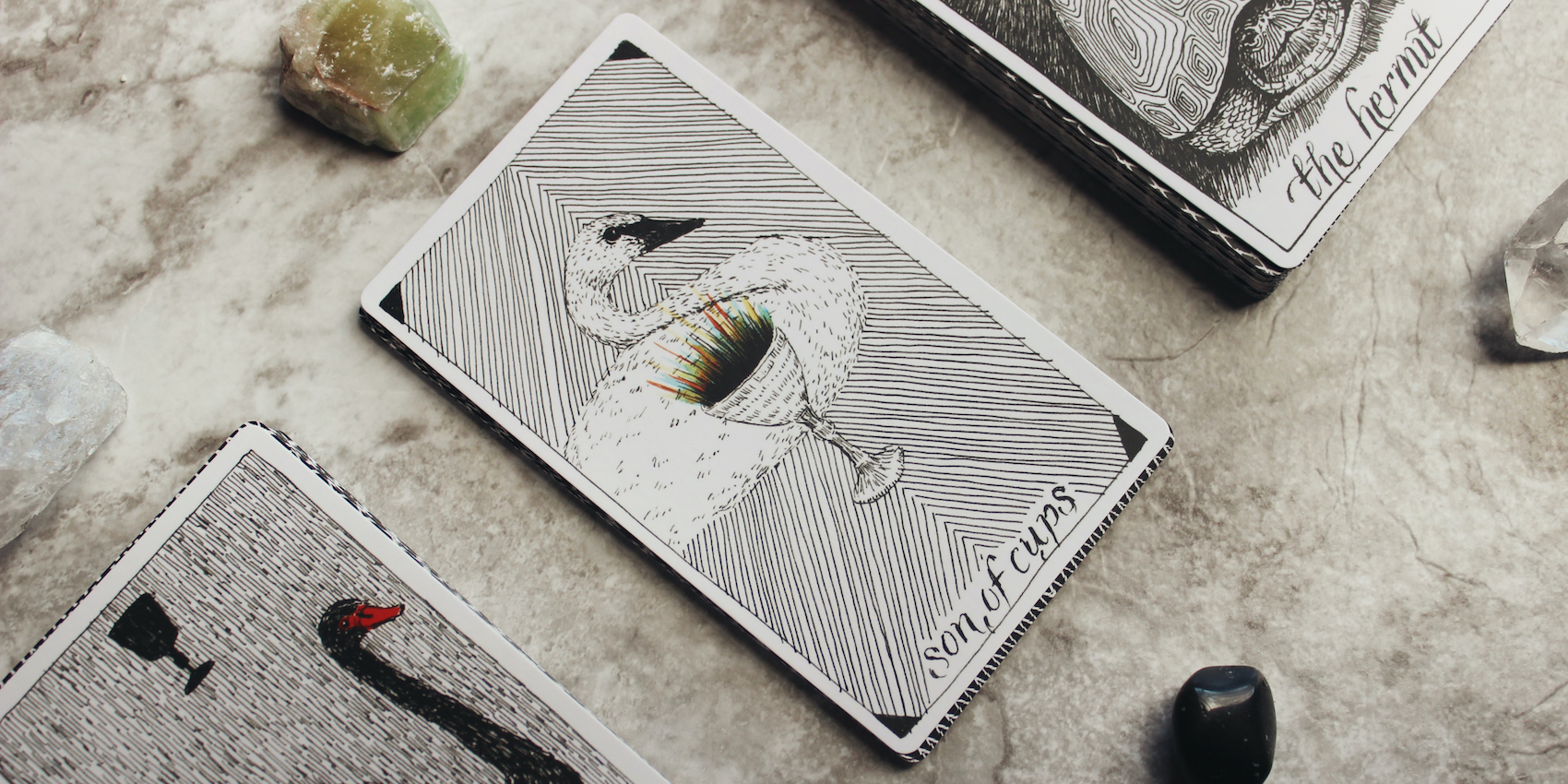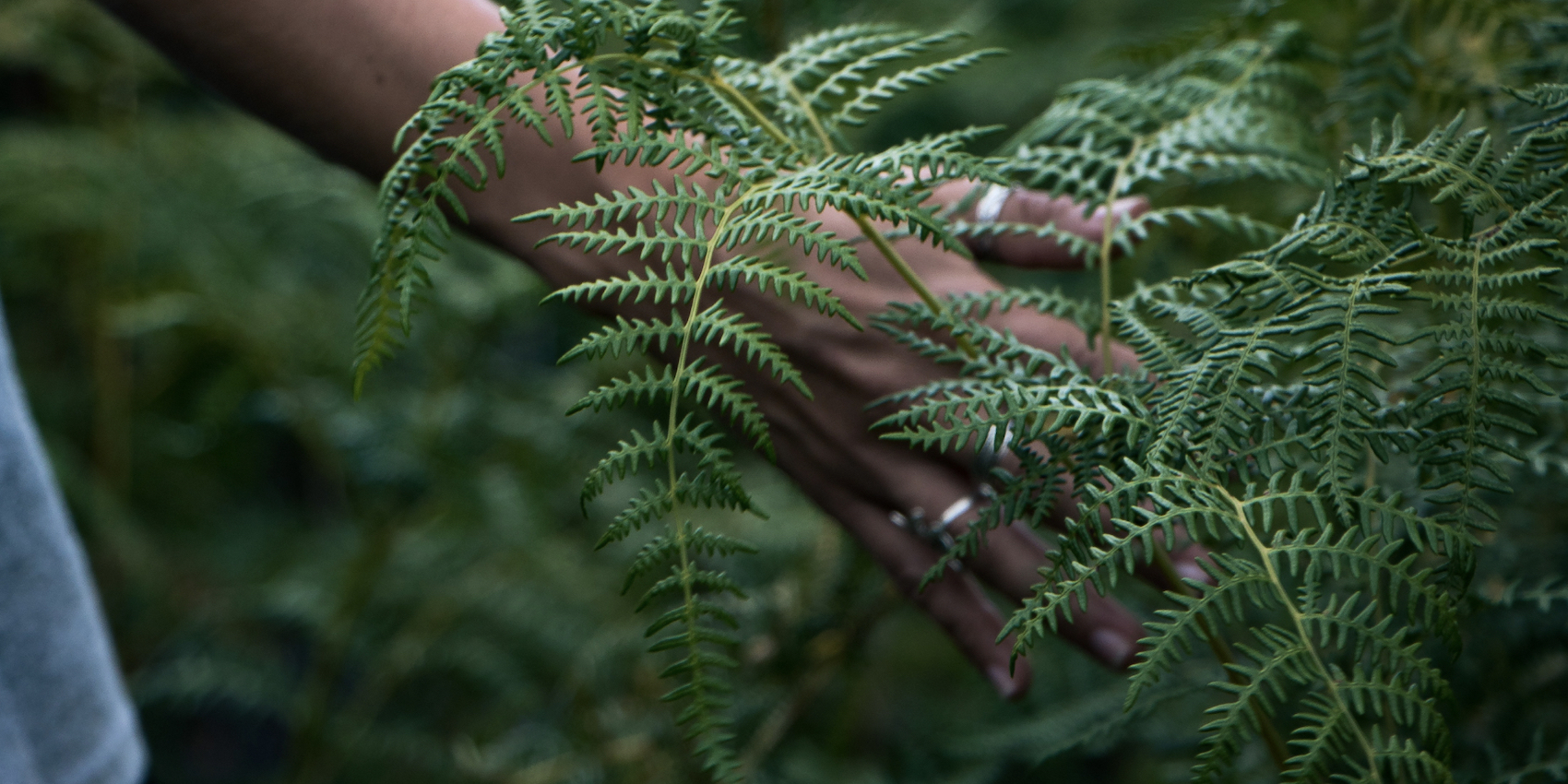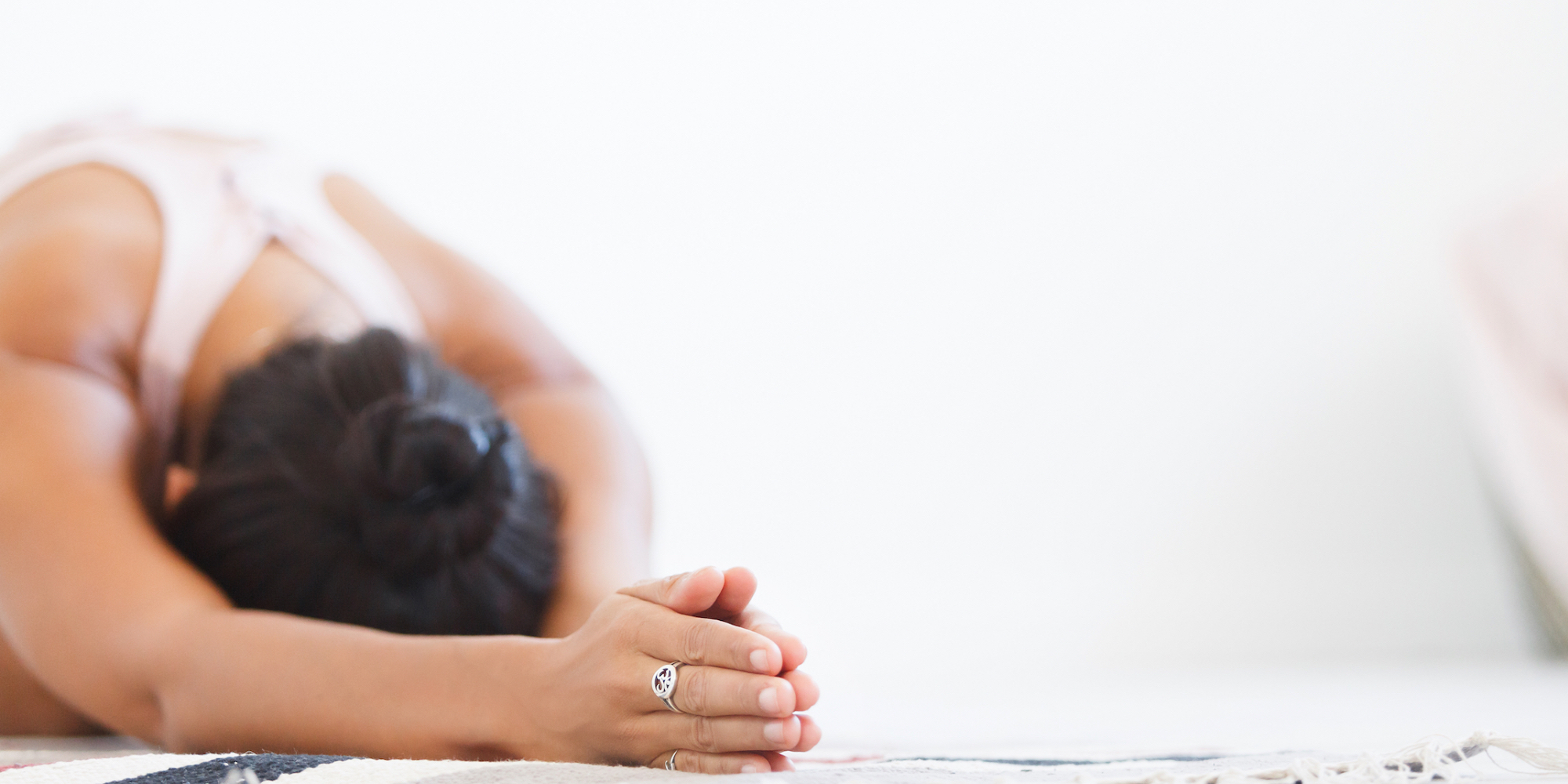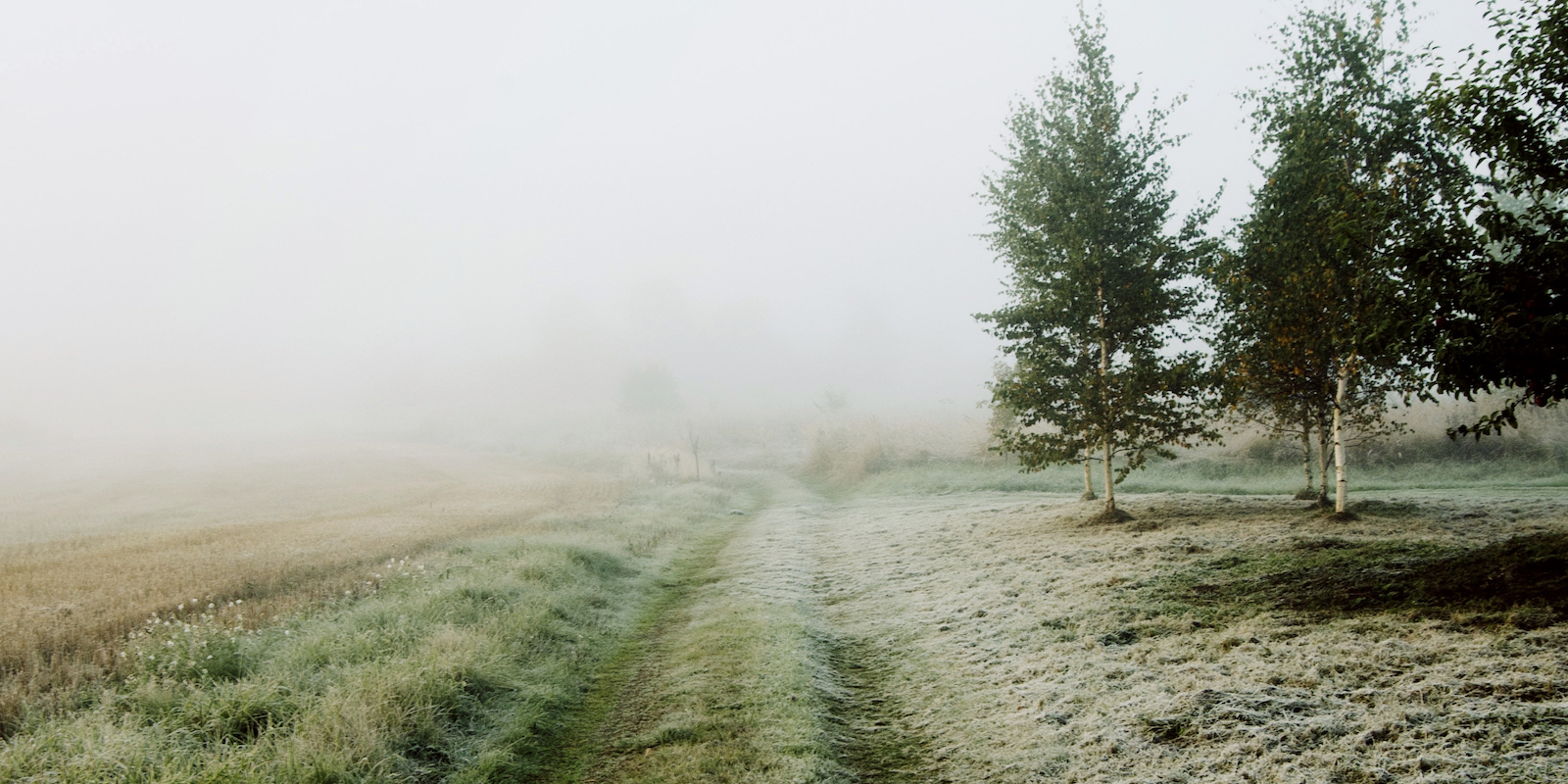What should every tarot beginner know? Keziah Gibbons answers these questions and more in her highly rated Insight Timer course, Tarot Wisdom. Explore in this article insights into tarot for beginners as well as day one of Keziah’s tarot course for beginners.
Tarot For Beginners: The Most Asked Questions
1. What Makes A Tarot Different From An Oracle
Tarot and Oracle cards are both excellent ways to seek guidance, depth and insight, and there are hundreds of stunningly beautiful decks out there of both kinds. But there is a slight difference which can affect the way in which you use them.
Oracle decks do not follow a traditional structure, which makes them great for following, nay, developing, a particular theme. They can be any number of cards, and of differing complexities and presentation – some communicating in beautiful and intricate images, others with simple words or statements which can help bring clarity.
Tarot, on the other hand, is more traditionally structured, and a Tarot deck will usually have four suits, typically numbered from Ace to Ten with four additional court cards, and a Major Arcana of 22 cards which represent more of a soul connection. The cards, each, of course, carry a meaning of their own, but context is added and meanings enriched by the card’s suit, number, and relevance to other cards.
Read more: In another blog post, Keziah explains what tarot is and what happens during a tarot reading.
2. Yes, You Can Buy Your Own Deck!
OK, let’s go myth-busting. Every so often someone will repeat to me an often held conception that you shouldn’t buy or choose your own Tarot cards – they should be given.
While I can really understand the attraction in this – how special, to have the Universe send this powerful tool to you through another, and what wonderful energy that brings – it is just one possible way to meet the right deck of cards.
What is important to remember is that the minute they come to you, whether you choose and order them online or inherit them from a long line of ancestral tarot readers, those cards become yours. As soon as you begin working with them you start to build a relationship, to attune yourself to the energy of your Tarot. And this relationship is far more important than how you came to get them. As long as you are working intentionally with your cards, it really doesn’t matter where they came from – what matters is the spirit in which you do the work.
Nowadays, with the myriad of decks available, there’s a meaningful Tarot out there for everyone, and having the agency to research and choose your deck is just a valid start to a relationship as being gifted a deck. However they come to you, love your cards and they will love you.
3. There’s No “One Right Way”
Every so often I have questions in my tarot for beginners classroom such as, “what is the correct way to shuffle?” Perhaps infuriatingly vague, but no less true for all that, is the answer that there is no one correct way. What’s important in shuffling, drawing cards, and any Tarot work, is your intention. You could shuffle like the sharpest of cardslingers but if your attention were wandering, you wouldn’t get a meaningful response from the cards. So, as long as you are working with intention, it really doesn’t matter what the physical shuffling looks like.
Before you read on you might want to explore these tarot meditations by Keziah Gibbons:
- Tarot Reading: For Abundance & Prosperity Keziah Gibbons 06:16
- Poetic Tarot Practice Keziah Gibbons 09:53
- Meditation With The Four Suits 13 Minute Version Keziah Gibbons 13:00
4. Put The Book Away
Yes, you heard me! Have courage, and let go of the book while you get to know your cards. I advise learners to wrap the book up and just put it aside – somewhere it is accessible if you need it, but that you’d have to make an effort to get it down (for some reason I always imagine that the book goes on a high shelf!) Do this with your urge to check the ‘meanings’ online as well.
The reason? It’s not that the traditional meanings aren’t important. They are, and they are part of the magic of Tarot – that representation of the archetypal, the collective unconscious. But the temptation when you ‘don’t know anything’ is to rely heavily on these meanings. This is OK, but it’s never going to bring you a rounded Tarot practice. What is really important is to develop relationships with each card that gifts its message to you, and this can be done firstly by checking in with your own reaction – whether this is by describing what you see to yourself, or tuning in to any thoughts, feelings or emotions that are aroused by the image. You can’t do this while you’re turning away from the card and towards the book.
Another very good reason is because there is usually more than one traditional meaning to any given card, and that meaning and its nuances can change in any given context, depending on, for example, the question, the spread you are using and its positions, and the other cards that come up. It is far simpler to learn to read cards in context than to rely heavily on the particular wording that was captured as the meaning was written down.
I ask my students to ditch the book for 30 days, whilst supporting them in discovering techniques to really develop a rich and intuitive relationship with their cards.
Read more: In another article, Keziah explores how language can shape realities and influence the unconsciousness to direct our attention and energies towards our goals and dreams.
5. It’s All About You
It really is! Tarot is fantastic, often spookily accurate and mysteriously insightful. But it’s a tool, a bridge between you and the Universe, you and your higher self, you and your unconscious mind, you and your guides. When you understand this you become able to access levels of truth, direction and personal growth that are so much more than mere fortune-telling.
It also means that when using Tarot you can and should retain responsibility for your actions and decisions. “What should I do (about X)?” is not an uncommon question in readings. But if you hand the decision completely to the Tarot you are relinquishing your responsibility for your life, and this is not the best way to grow. Rather ask the Tarot for insights, information, and perspectives on the information you already have, or the situation you’re already in. Because more than likely, you already know the answer somewhere – and Tarot will help you to bring it to light.
If you’re interested, intrigued, and ready for the gifts and lessons that Tarot can bring you, come and join thousands of students in the 30-day course “Tarot Wisdom: A Complete Guide” on Insight Timer. This course serves as an introduction to tarot for beginners with little experience as well as people who already have a tarot practice which they might like to continue to develop. You can listen to day one of the course right here, right now:
- Lesson 1: The Fool Sets Out: An Introduction To The Tarot Keziah Gibbons 15:05







